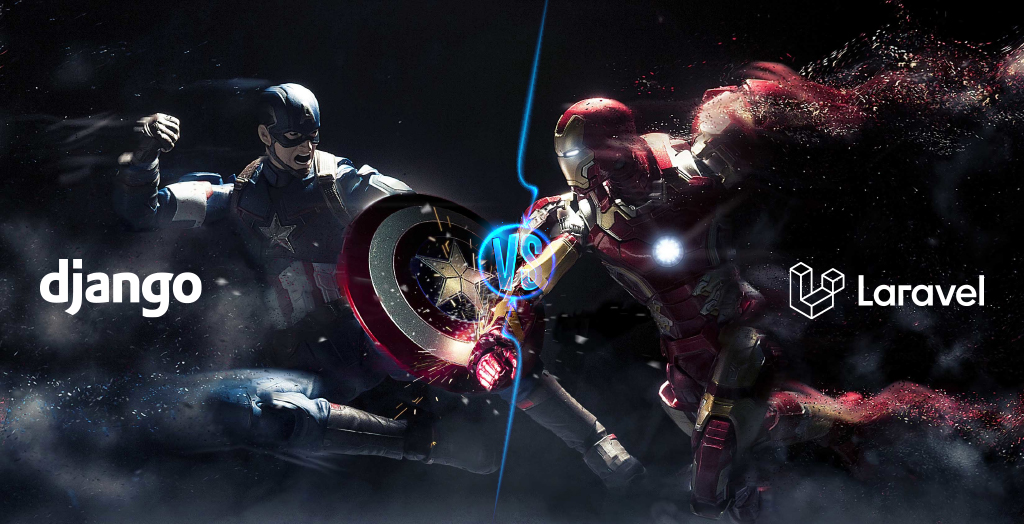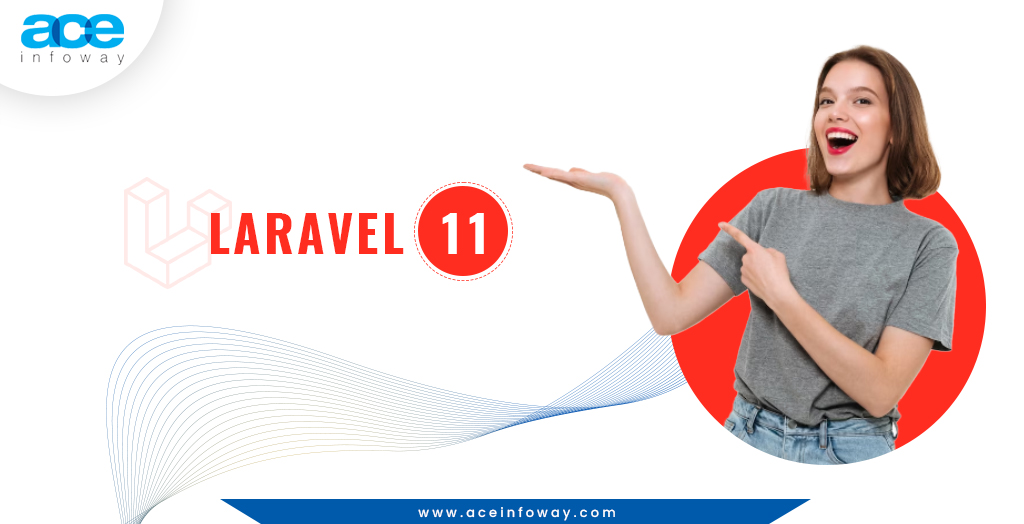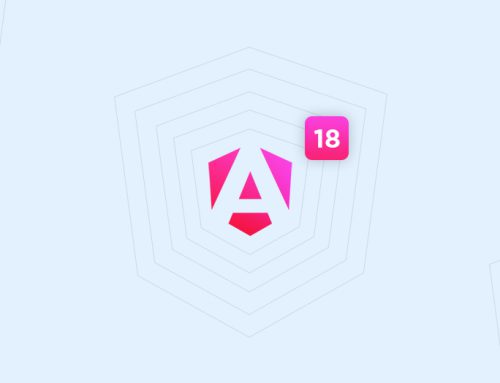Table of Contents
Imagine your city is under attack and Thanos is destroying building one after one. You are on the verge of a collapsing building and you have only choice to choose between Captain America and Iron Man to rescue you.
On the one hand, you are having Captain America who is the oldest and wisest having lived throughout history. On the other hand, you are having Iron Man has a high IQ and smarter than other Avengers with an arc reactor on its side that doesn’t let him killed. Choosing one of the best superheroes is bewildering!
The same confusion could happen for businesses while selecting frameworks- out of Laravel and Django. Both these frameworks are popular and entrusted for their technological advancements and reliability.
Django vs Laravel: What’s the Difference?
Both backend frameworks, Laravel and Django have significant market share. As per the data available on Github, Laravel has 71+ Stars and 23k+ Forks, while Django has obtained 66.9k+ Stars and 28k+ Forks.
It requires a lot of brainstorming for business owners to choose the suitable framework for backend development. Amid this cut-throat market competition where every business wants to make a strong digital presence, it is important for business owners to have an app having powerful performance, is accessible, scalable, and has features, and tools that suit the current and future market trends.
Before plunging into the detailed difference between Django and Laravel let’s understand both frameworks individually.
What is Laravel?
Created in 2011 by Taylor Otwell, Laravel is a PHP written open source framework used widely for its technological advancements. Laravel 11’s features and tools have stormed the internet making developers and businesses buzz. If you want are keen to know Laravel 11’s features and tools check here👇
Based on Symfony, Laravel manages different server-side processes like HTML authentication, templating, caching, routing, and much more. With Laravel it is possible to develop customized backend logic, reusable PHP components or libraries, pre-defined architectures, full-stack apps, and SaaS products.
Features of Laravel
MVC Architecture Support
Laravel’s Model View Controller (MVC) helps in distinguishing business logic and the presentation layer. It has many in-built functions, enhancing the implementation of external APIs and making the business operations appealing.
With MVC it is possible to build a separate robust app backend support. Also, making quick changes is possible without affecting the other segments of the business.
Elegant Syntax
There is no need of doing repetitive and frivolous things while having hands-on Laravel keeping the maintenance cost low. Developing a variety of software with sleek and expressive syntax is possible.
Artisan CLI
Command line interface aka CLI is called Artisan in Laravel having included multiple components of Symfony. It assists in managing and producing high efficiencies, managing databases, creating boilerplate code, publishing package assets, seeding and more.
With Artisan CJI, businesses will be able to maintain high databases and keep the databases safe.
EORM (Object Relational Mapper)
Uncompleted PHP Active Record implementation gets incorporated in Eloquent, an object-relational mapper (EORM). With EORM it is possible to compose database questions with PHP syntax. There is no need of composing SQL code for database questions. As compared to previous versions of PHP systems, eloquent works comparatively faster.
Assisting Tools
Laravel provides several in-built tools that make the development process fast and keeps the learning curve low, helping businesses launch and deploy the app in less time.
With pre-built extensions for frameworks, high-quality community libraries, and other tools Laravel can provide several features that ease business operations and enhance user experience.
IDE helper, Laravel Tinker, Laravel Socialite, and Laravel Debugbar are tools that could help make complex application development processes easy and quick.
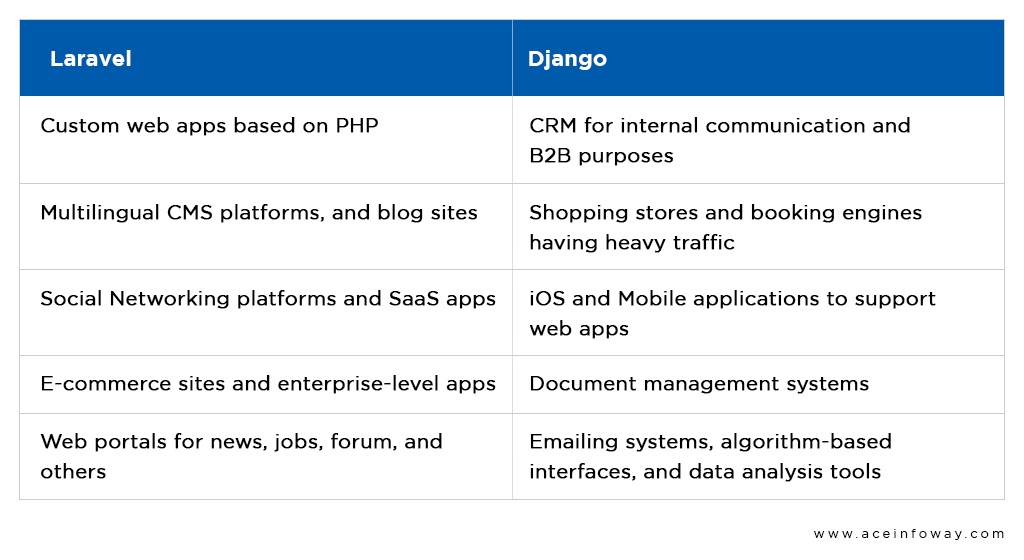
What is Django?
Released in 2005, Django is an open-source battery-included web framework written in Python. Django, a high-level framework for the backend, follows Model-View-Template (MVT) architecture.
Django facilitates effortless as well as quick development of web applications with fewer codes encouraging clean and pragmatic design making maintenance easy for businesses. Having built-in SQLite as a database support, Django has readable syntax making it lightweight and flexible to utilize in development as well as testing.
Features of Django
SEO Friendly
Every business owner who wants to scale their digital presence will prioritize the SEO of the web app making it appear top on the search results.
Django helps in optimizing the SEO of the web app as Django maintains the website through the URLs rather than the IP address on the server. There is no need to convert the URL into numeric code with Django.
Versatile
Django is capable of developing any sort of software product ranging from one-page sites to complex applications, social networks much more. Capable of working with any client-side system it can work efficiently with any organization including HTML, RSS bolsters, JSON, and XML.
Django provides easy documentation and easy-to-read code that could help users find the solution to their problems easily. Having a flat learning curve Django eases the development of complex, database driver applications and sites.
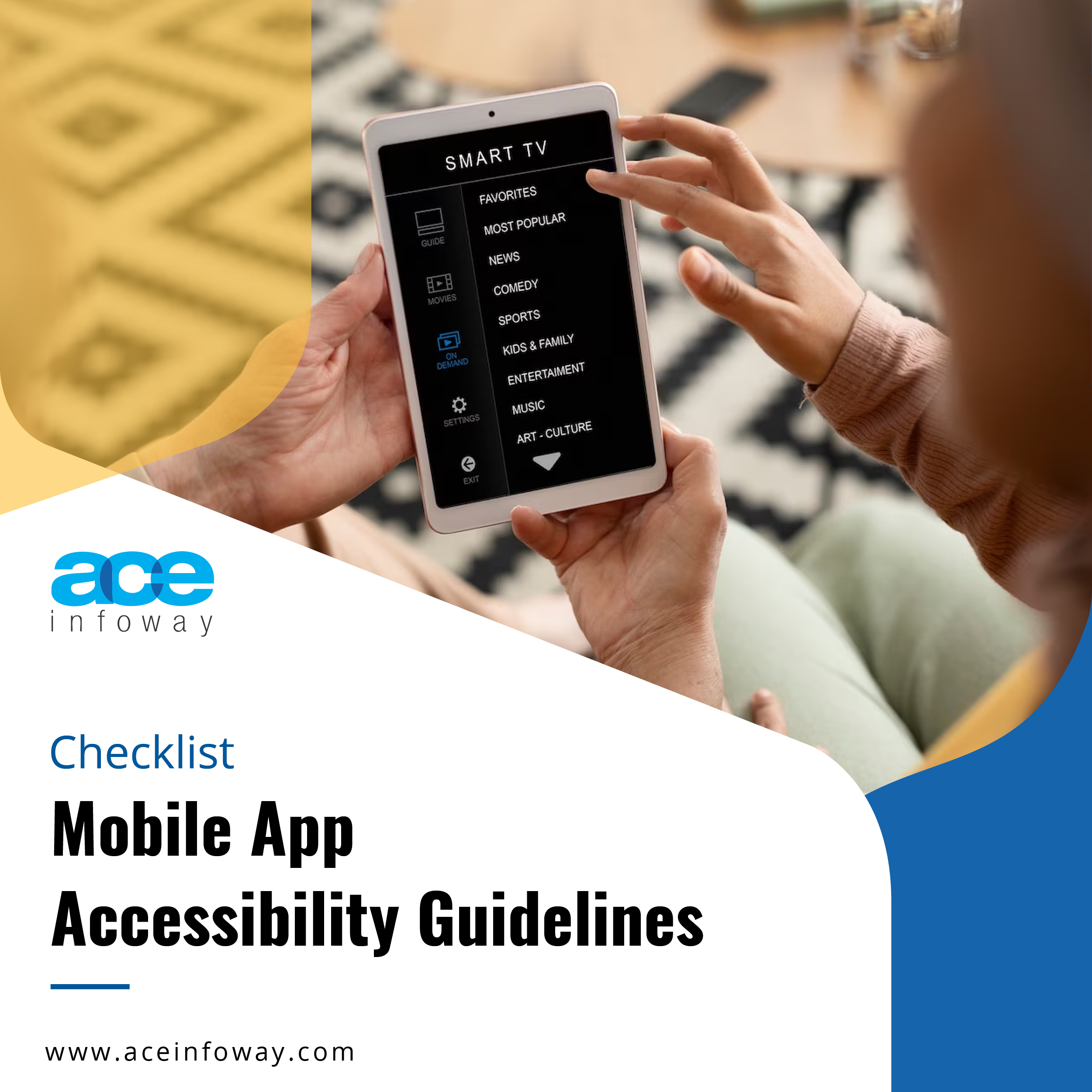
Mobile App Accessibility Guidelines
Get your free copy
Extensible
Django is extensible as it allows the plugging of third-party code if it is compatible with reusable application conventions. To extend the functionality of this framework there are 2500+ packages available at your service.
It also provides help in other functionalities such as registration, search, API consumption, CMS, and much more.
Secure and Functional
In terms of security Django is capable of withstanding security loopholes, SQL injection, click-jacking, cross-site scripting, and other security breaches.
Apart from robust security, Django has several in-built tools that make it highly functional. Django provides tools like
Compatibility and Scalability
Django is scalable because it is engineered with a “shared-nothing” component making each part of the design architecture free of others and easy to replace or change whenever required.
Django can be implemented without any error and can manage complex and vast amounts of data, making it highly scalable for businesses.
Django is compatible with the architecture of the micro-services with different responsibilities and functionalities. It enables rapid development, pacing up the compilation and execution of the codes making the app have excellent uptime and speed.
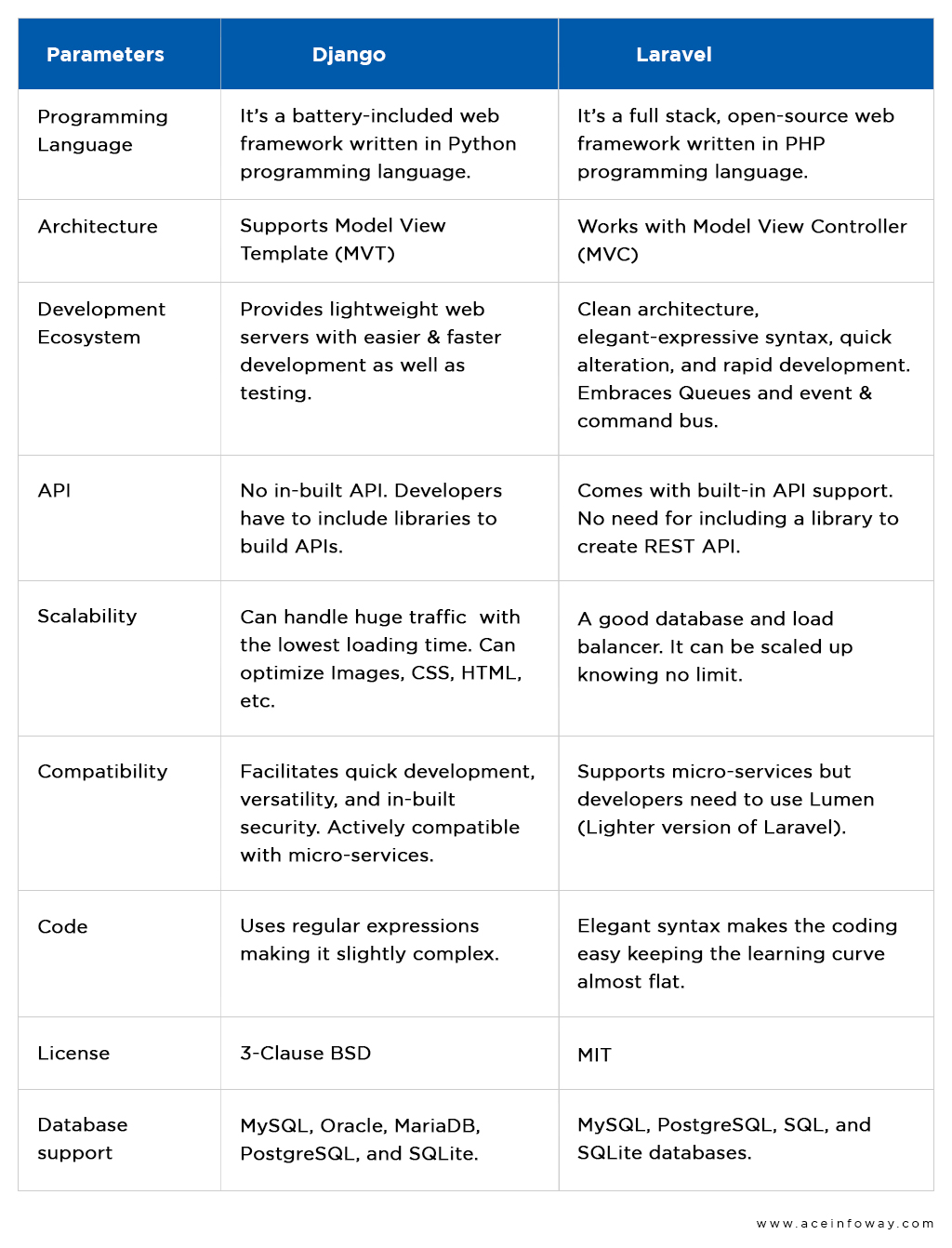
Laravel vs Django: Which Framework is Better?
Laravel and Django both are effective backend frameworks widely used to leverage features and technical advancement. The selection of the backend framework should be done on the basis of the complexity, features, business model, and type of app you want to develop. Therefore, it is always advisable to consult your technology partner about your specific requirements and build a development roadmap with a clear and precise budget and timeline. Once you are thorough with these things, it becomes easier to make the right choice for your business.
If you want to understand which backend framework will work for your business you can contact us. Our experienced team members will guide you with practical approaches and suggestions that will help you get a scalable and secure application with powerful performance.









